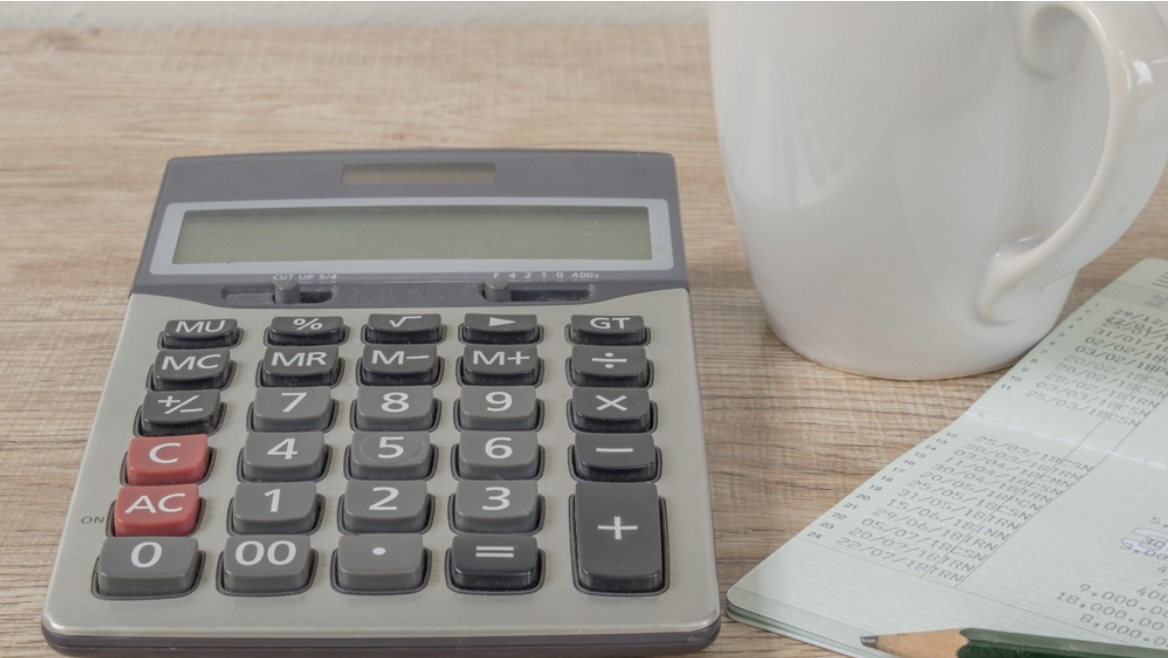How To Tell If An Investment Property Is A Good Buy
by Tara Mastroeni, Contributor
FORBES – Real Estate
The question on every new investor’s mind is simple: how do you know if an investment property will be profitable? Lucily, there are two easy formulas you can use to determine if an investment property is a good buy, financially. We’ve laid them out below. Read them over and take them to heart so that you have them at your disposal when you’re ready to make a move.
The One-Percent Rule
When you start looking at investment properties, you’ll likely have plenty of options to choose from. Rather than being a complicated equation, the one-percent rule is simply a rule of thumb that investors use to help them narrow down their options quickly and efficiently. It’s a tool that you can use to determine if a property deserves a closer look.
All the one-percent rule says is that a property should rent for one-percent or more of its total upfront cost.
For example:
· A property that costs $100,000 should rent for at least $1,000 per month
· A property that costs $200,000 should rent for at least $2,000 per month
· A property that costs $300,000 should rent for at least $3,000 per month
Keep in mind that this rule looks at a property’s total upfront cost, meaning that you’ll have to add together the purchase price, plus closing costs, and an estimate of the total repair costs necessary to make it rentable.
(So a $100,000 property that needs $50,000 in work would need to rent for at least $1,500 per month to make sense, not $1,000.)
If a property passes the one-percent rule, it’s worth considering. If not, move on. At this point, it’s worth setting up showings for the properties that meet this rule’s criteria. From there, you can narrow down your options further, according to your likes and dislikes.
The Cap Rate
Once you’ve narrowed down your options to a handful of potential properties, it’s time to look at the capitalization rate, or “cap rate” for short. This helps you calculate property’s potential for return on investment.
The cap rate is found by dividing the property’s net operating expenses by its purchase price. You can find the cap rate by doing the following:
· Find your gross income by taking the average monthly rent for your property and multiplying it by 11.5. This will show the maximum amount you can make from the property, allowing for a two- week per year vacancy.
· Then, subtract your monthly operating expenses ( utilities, taxes, maintenance) from your gross income to get your net income.
· Divide your net income by the purchase price to find your cap rate.
· Multiply the cap rate by 100 to find the percentage of your potential returns on the property.
Make sure not to include a mortgage payment, if you have one, in your list of monthly operating expenses. Since every investor will use a different combination of downpayment and financing, the cap rate assumes you’ve bought the property in cash. This allows you to easily compare one property’s ROI to another.
Each investor has his or her own yardstick for determining an acceptable cap rate. However, generally speaking, you want this number to be as high as possible.


 Facebook
Facebook
 X
X
 Pinterest
Pinterest
 Copy Link
Copy Link
